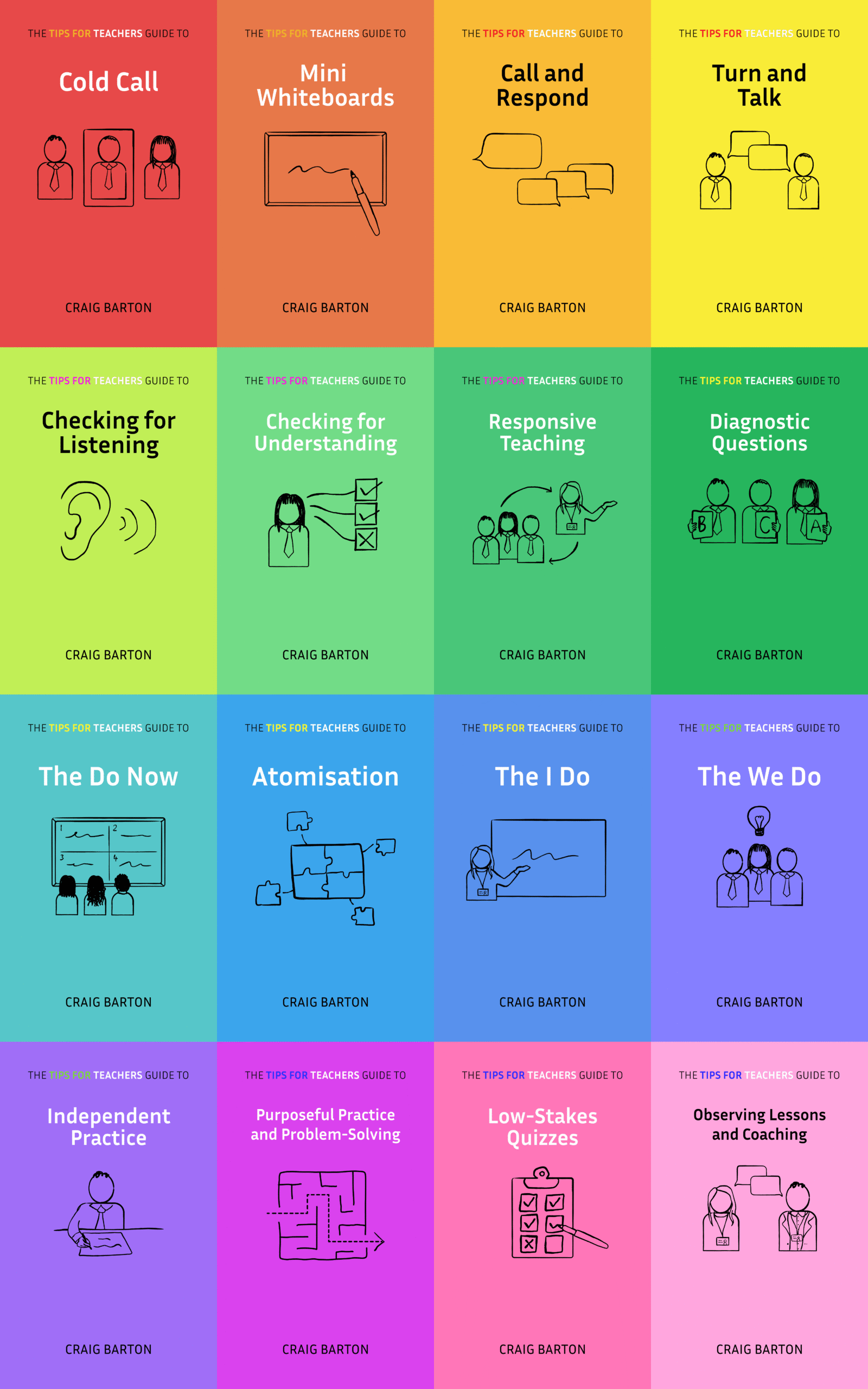
- Title: Self-explaining: The dual processes of generating inferences and repairing mental models
- Authors: Chi, M
- Access the original paper here
- Listen to a deep-dive podcast:
Paper summary
This excerpt from a 1998 manuscript by Michelene T.H. Chi examines the process of self-explaining, a learning activity where individuals explain new information to themselves. Chi initially proposed that self-explaining involves generating inferences to fill gaps in incomplete texts, but further research revealed a more complex process. Chi argues that self-explaining also functions as a process of mental model repair, where individuals identify and correct inconsistencies between their understanding and the information presented. The author supports this hypothesis by analyzing the self-explanations of students learning about the human circulatory system, highlighting the instances where students encounter conflicts with their existing mental models and engage in detailed revisions. This analysis suggests that self-explaining can be more effective than receiving explanations from others because it allows individuals to tailor their learning to their unique needs and misconceptions.
What are the key implications for teachers in the classroom?
- Encourage students to engage in self-explanation. The sources provided strongly suggest that self-explanation is an effective domain-general learning activity that can enhance student understanding. The act of explaining to oneself helps students to identify gaps and conflicts in their understanding and to generate inferences that can bridge these gaps. This is supported by research showing that prompting students to self-explain leads to better learning outcomes than simply having them read a text multiple times.
- Recognize that students come to the learning environment with pre-existing mental models. Students do not arrive as blank slates. They have preconceived notions about the content being taught based on their prior experiences and knowledge. These initial mental models can be incomplete, inaccurate, and even flawed. The sources highlight that a common naive mental model students hold about the circulatory system is a single loop model, which can be contrasted with the scientifically accurate double loop model.
- Design instruction that helps students to identify and repair their flawed mental models. Effective teaching involves helping students to recognize inconsistencies between their existing mental models and the correct scientific conceptions. The sources emphasize that simply providing students with missing information may not be sufficient, as these inferences may not address the specific gaps and conflicts in their individual mental models.
- Encourage students to monitor their understanding. A key aspect of self-explanation is the process of monitoring one’s comprehension. The sources suggest that students who are more adept at monitoring their understanding are more likely to detect conflicts and engage in self-repair. Teachers can foster this by prompting students to reflect on their learning, ask themselves questions, and explain concepts in their own words.
- Understand that incorrect self-explanations can be a valuable part of the learning process. While it may seem counterintuitive, incorrect self-explanations can actually facilitate learning. The sources propose that when students generate incorrect explanations, it can highlight conflicts in their understanding, leading them to engage in further self-explanation and ultimately revise their mental models. This is supported by research indicating that the presence of conflicting prior beliefs can actually enhance the likelihood of learning new information.
- Use a variety of constructive learning activities to support self-explanation. The sources discuss several constructive learning activities, including self-questioning, explaining to others, asking questions, answering questions, summarizing, note-taking, and drawing. Each of these activities can contribute to the process of self-explanation and support students in developing a deeper understanding of the material. Teachers can select and implement activities that best suit the needs of their students and the specific content being taught.
The sources suggest that learning is an active process of knowledge construction and mental model refinement. The role of the teacher is not simply to impart information but to guide students in building their own understanding by recognizing and addressing the individual gaps and conflicts in their knowledge.
Quote
To be succinct and contrastive, one could say that elaboration researchers conceive of elaborations (either supplied by the experimenter or the learner) as serving the purpose of improving an imperfect text, whereas self-explanations should be thought of as serving the purpose of improving one’s imperfect mental model (or representation). Thus, in the imperfect mental model view, it would not make sense to have the researcher or experimenter supply the elaborations.








